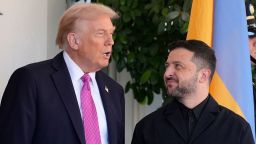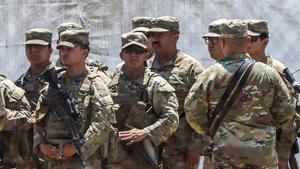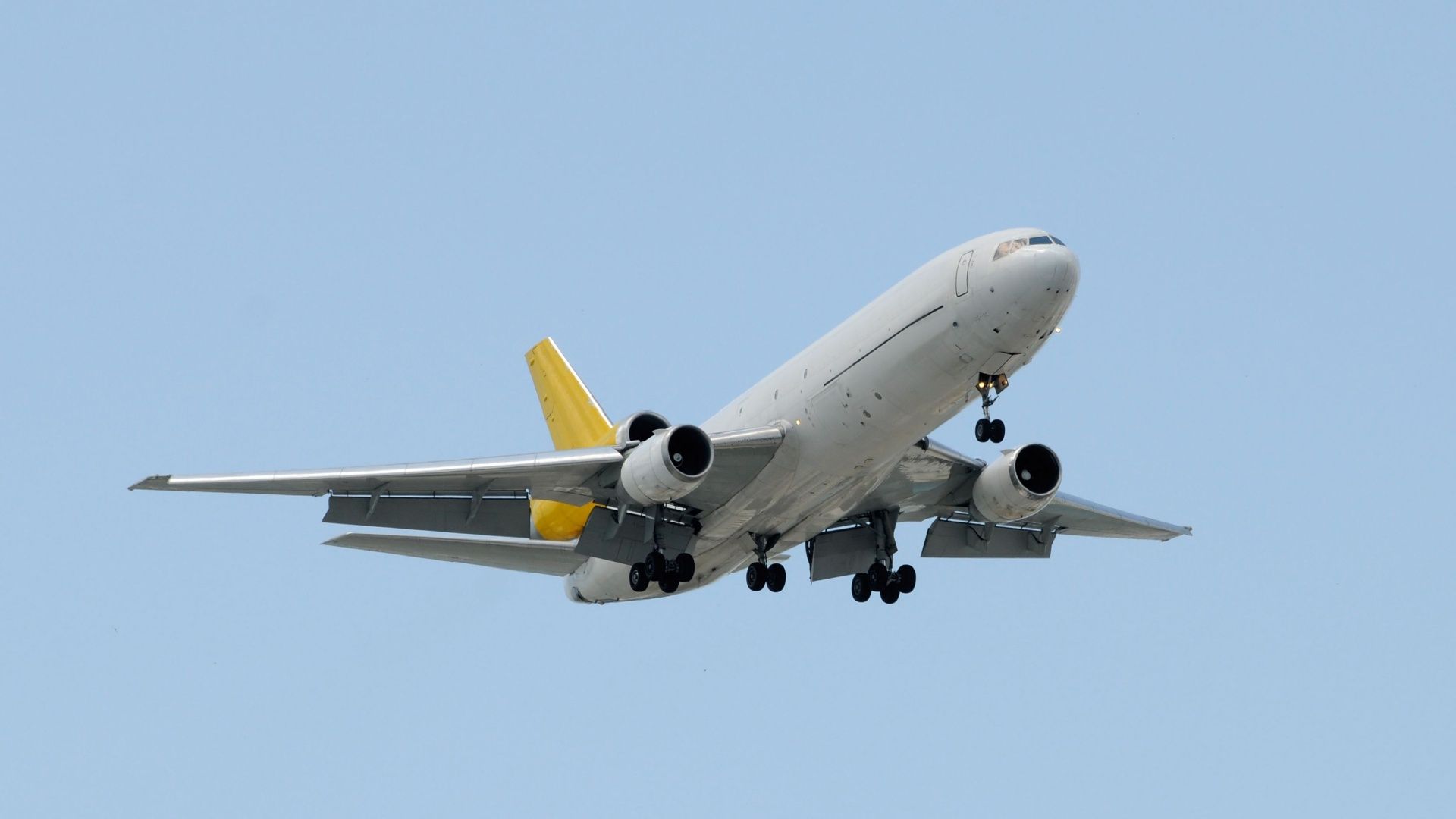Russian forces continue to make incremental advances in Ukraine, with intensified aerial bombardments supporting their efforts along various sections of the front line. This development comes despite a call from US President Donald Trump for both sides to halt combat where they currently stand. Trump made his appeal on social media following discussions with Ukrainian President Volodymyr Zelensky in Washington, D.C. The conflict has escalated as Russia seeks to secure territorial gains ahead of winter.
On Friday, the Ukrainian military reported that Russian forces deployed a record 268 guided aerial bombs, significantly higher than the recent average of 170 to 180 per day. These bombs, which can weigh up to 1,500 kilograms (about 3,307 pounds), primarily target Ukrainian military positions and critical infrastructure. The Russians have also maintained a steady barrage of drones and missiles aimed at energy facilities across Ukraine. In September alone, an average of over 180 drones were launched nightly, more than double the count recorded at the start of the year. Ukrainian officials have acknowledged that approximately 20% of these drones have not been intercepted.
Analysts suggest that the Kremlin has little incentive to negotiate. According to military expert Dara Massicot, writing in Foreign Affairs, “Moscow has developed fresh ways of using drones to find and kill Ukrainian soldiers and to destroy Ukrainian assets.” He highlighted improvements in Russian missile technology and armored systems, as well as increased autonomy for junior commanders in planning operations.
The town of Kupiansk in the northern region of Kharkiv is currently under significant pressure from Russian forces. Reports indicate that Russian troops have advanced to the north and east of Kupiansk, which has been under siege for over a year. A prominent Russian blogger known as War Gonzo stated that fighting had also erupted in the town’s center, with approximately 80 Russian troops infiltrating the area. Ukrainian forces are working diligently to expel the invaders and prevent further buildup of enemy troops within the city.
In close proximity to the international border, Russian forces have claimed advances near the town of Vovchansk, including the capture of a nearby village. Meanwhile, heavy fighting persists around Pokrovsk in the Donetsk region, where Russian military sources contend that their troops are advancing towards the city’s northwestern outskirts. The Ukrainian military, however, reports having regained control of approximately 70 square miles of territory in the Pokrovsk area over the past two months through a series of counterattacks. Commander-in-Chief of Ukrainian forces Oleksandr Syrskyi asserted that the Russians do not possess the strategic initiative, stating, “At the cost of enormous losses, the adversary has achieved only minor advances in certain sections of the front.”
Despite these claims, the Belfer Center for Science and International Affairs at Harvard University estimates that Russia has gained around 120 square miles of territory in the past month, which is approximately half of what it secured in the previous four weeks. The cost of these advances has been staggering, with estimates suggesting that up to 250,000 Russian soldiers have died in the conflict, and total casualties exceeding 950,000 according to the Center for Strategic and International Studies. In the Pokrovsk area alone, nearly 14,000 Russian soldiers have been reported killed or wounded since late August.
In response to the mounting losses, the Russian defense ministry appears to be altering its recruitment strategy. Recent trends indicate a reduction in the financial incentives previously offered to attract new recruits. The Kremlin has historically relied on these bonuses to draw volunteers and avoid another mobilization. However, the Institute for the Study of War suggests that the effectiveness of this approach may be diminishing, leading to potential mobilization of active reserve members to sustain military operations in Ukraine.
Ukraine is countering this aggressive strategy by targeting Russian energy infrastructure with long-range strikes, aiming to force the Kremlin into negotiations. The Ukrainian military has increased production of its own cruise missiles, although efforts to secure Tomahawk missiles from the United States have yet to be successful. Since the beginning of the year, Ukrainian forces have successfully struck 45 facilities within Russia’s fuel and energy sector, disrupting approximately one-fifth of the country’s refining capacity.
Despite the significant losses and the economic impact of the ongoing conflict, Russian President Vladimir Putin has shown no inclination to agree to a ceasefire or engage in negotiations. As the conflict extends beyond 1,300 days since the full-scale invasion began, the situation remains precarious, with neither side able to decisively achieve their military objectives.







